
PRAKSH ADHIKARI
Nepal is many things to many people. While the land may present awesome artwork and cultural diversities to some, others may feel elated to see how nature has come best in the composition of mountains, hills, valleys and plain lands and rivers and rivulets in such a small radius.
However, it was only after 1950 the Himalayan Kingdom was open to the outside world. Before that Nepal was forbidden to Westerners expect for few invited hunting expeditions. After the successful ascent of Mt.Everest by Tenzing Norgey Sherpa and Sir, Edmund Hillary in 1953 Nepal was promoted in the outsides worlds as the country of Mt.Everest, the tallest mountain. Later in 1955, Thomos cook organized the first commercial trip to Nepal. Ever since then tourism in Nepal has been growing, though it has undergone numerous vicissitudes. The years after 1998 have not been easy for tourism business, due to some circumstances at home and abroad, nevertheless, tourism is one of the major industries of Nepal.
Tourism industry provides employment to thousands of people, business opportunities to entrepreneurs and remains one of the major foreign currency exchequers, paying heavily to the government in the revenues. Above all, Mountains are the land’s major endowments, which have played an important role for the promotion of tourism in Nepal and it is because of its unbeatable combination of natural beauty and cultural riches Nepal will always be a chosen destination for many in the days to come. The only challenge for us is how to go with development of sustainable mountain tourism in Nepal.
Promotion of the safety in the mountains is also a major component for its growth and development. Travelers would always like to come to Nepal for adventure and savor the beauty; safety of travelers should always be the first priority. It should be spontaneously felt that is our obligation to provide safer environment to tourists in our country. In this light, it is pertinent to give some thoughts about the possible accidents and illnesses that can be encountered up in the mountains.
As we go to high altitude, the air gets thinner, the barometric pressure is lower and there is lesser oxygen in the atmosphere. Just for instance, the oxygen at the Mt.Everest Base camp (5350m.) is merely 50% and one third at the summit of Everest.
Higher we go, greater is the chance of getting Acute Mountain Sickness, also Known as AMS. The AMS symptoms may be mild enough to go away with a day’s rest. If ignored, severs, proms could develop known as HAPE (High Altitude Pulmonary Edema) and HACE (High Altitude Cerebral, Edema) which may eventually lead to death. However, Altitude Sickness can be prevented by ascending slowly and raising the sleeping elevation gradually. As a result of growing awareness of altitude problem there is only one death from Altitude Sickness in Nepal out of every 30,000 trekkers. Even these death would be avoidable if everyone knew how to respond to AMS.
Likewise, there are many other risks associated with mountains such as; frost bite, which usually happens when the air temperature is below the freezing point in snow condition .The risks of getting a frost bite is higher when a traveler is without enough equipment and good shoes.
Another problem a traveler may encounter high up in the mountain is snow blindness. The ultraviolet rays reflected by the snow or ice may cause snow blindness, burning or damaging the retina of the eyes. This situation can simply be prevented by wearing dark glasses.
Hypothermia can also be very risky in the mountain. Due to the cold wind and bitter cold condition the body temperatures falls to 35 C. and below and this is called hypothermia. Heat loss will progress causing unconsciousness and death, as the heart ceases to pump .hypothermia can be prevented by using proper clothing, good food and enough fluid.
Besides common accidents and illness, an avalanche is also major risk in some of the main trekking trails. Avalanche risk is also avoidable by taking alternative route and embarking the trek early in the morning. A traveler has to cross the risky areas before the sunrise.
Many of the aforesaid accidents and illness are preventable. Yet, there are several cases where people get seriously sick or injured and need proper medical care and rescue evacuation to save the lives it is deemed worthwhile to share a case story as to how a life was saved.
It was exactly last fall season 2003. I received a Satellite Phone call from HRA Pheriche hospital at around 6.00 in the morning. The Doctor asked me to arrange a helicopter evacuation for a Japanese trekker who was suffering from both HAPE and HACE. He was carried by the porters and assisted by his trekking support staff to Pheriche hospital at around midnight. He was thoroughly worn out; to be precise he was semi –conscious, ataxic, with crackled lungs and shortness of breath. So severe was his health that his oxygen saturation was barely 42% and the problem was further compounded by urinary retention.
He was given the intra venous fluid, Dexamethasone, oxygen and later put in to a Gamow bag for three hours. By the next morning he had slightly recovered but was not yet out of danger. He was still ataxic and oxygen saturation fell down when he was ou of the Gamow bag.
The satellite phone was unclear so I had to run down to the HRA office to open an HF Radio from which I could note down all the details about the patient and was able to contact a trekking Company to inform them to immediately manage a Helicopter rescue operation for the Japanese patient. He was airlifted at around 10.30 am. from pheriche and was admitted to hospital in Katmandu . After a day at hospital he felt much better . This was a serious case in the mountain. He was lucky he got proper medical care and was duly evacuated. It is obvious what would have become of him if there were no HRA Pheriche hospital to take care?
Every year there are numerous emergency situations like this. During an emergency situation one should think about gathering some important information prior to arranging a helicopter rescue mission. Vital statistics like the name and sex of the sick, his or her nationality, passport number, nature of the insurance company, insurance policy number, round the clock contact phone number of the insurance company, exact location for the helicopter to land and many more. In many cases an insurance company requires prior information about the person needing help before the evacuation is carried out. This is mainly because insurance companies want to make sure evacuation cost is affordable and compatible with their specific insurance policy .the traveler has to make sure he or she can provide all necessary information so that approval from the insurance company is easily acquired.
The Himalayan rescue association Nepal (HRA) has been playing a major role for the promotion of safety in the mountain. Since its inception in 1973,the HRA has been helping to save lives by providing medical facilities and emergency rescue assistance to trekkers, mountaineers, support staff, porters and local people. Currently, HRA operates two Aid-posts in the mountain; one at Manage (3500m) on the way to Rround Annapurna and at Pheriche (4300) close to Everest Base Camp. The HRA set up a medical clinic in the spring of 2003 and 2004 at Everest Base Camp. Every year HRA Aid-posts provide medical treatment to over two thousand five hundred sick, free lecture on attitude sickness to over ten thousand and coordinates about one hundred rescue evacuation. The figures clearly indicate that HRA has saved the lives of thousands of people for the last 30 years id committed to spearhead its service-oriented activities in the day to come
The HRA has been consistently working for the humanitarian cause. Our mountains should come to the best advantage of our people and that is only possible when we take good care of them. It is equally important that we provide the travelers necessary safety measures where by tourists feel safe to test their strength in the mountains of Nepal. It is our belief that the future of Nepal’s tourism rests upon providing safety in the mountains and working for the sustainable development of Mountain tourism.
The HRA is not only helping tourists but is also playing an important role in improving the health condition of the local people, trekking support staff and porters in the remote mountain where medical facilities are not simply available. For the sustainable growth of the tourism and safety in the mountain of the Nepal, there is a growing need to establish more such Aid-posts in other remote areas like the Langtang region, Kanchanjanga area, Muktinath, Manaslu and Gokya trails. When there are more aid-posts, it would spark a sense of confidence to both mountain travelers and local people.
Given the growing importance of mountain tourism, the role and responsibility of HRA in the mountains is on the rise. An integrated and collectives effort from individuals, like-minded organization, NGOs, government, donor agencies, foreign diplomatic missions based in Nepal could come forward to enhance the objectives of the Himalayan rescue association.
We reap what we sow. And it is the mountains that are the basis of Nepal’s tourism .how much of investment we make on our mountains for the safety and their sustainable development will matter a good deal in how much we can generate from our good mountains.
PRAKASH ADHIKARI IS A CHIEF EXECUTIVE OF HRA AND NEPAL REPRESENTTIVE FOR IPPG
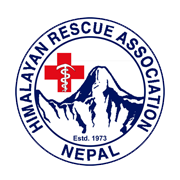
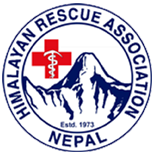
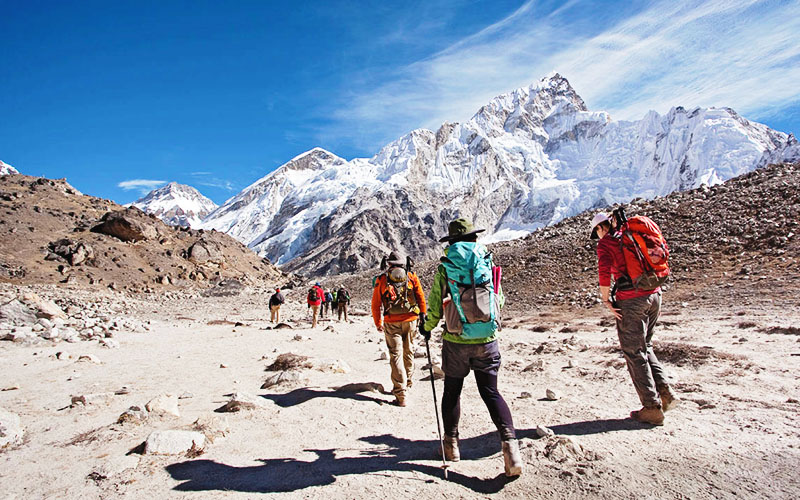
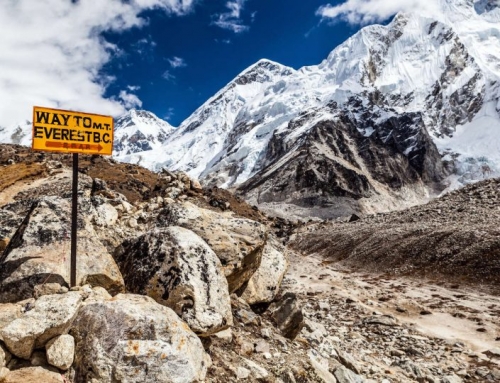
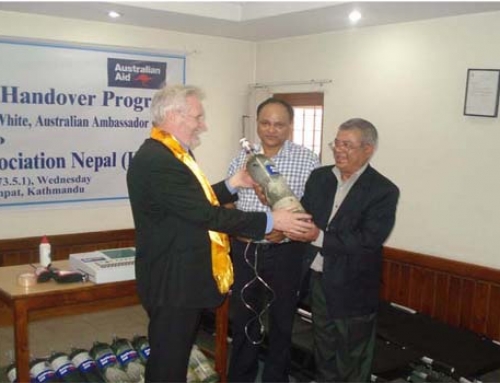
Leave A Comment